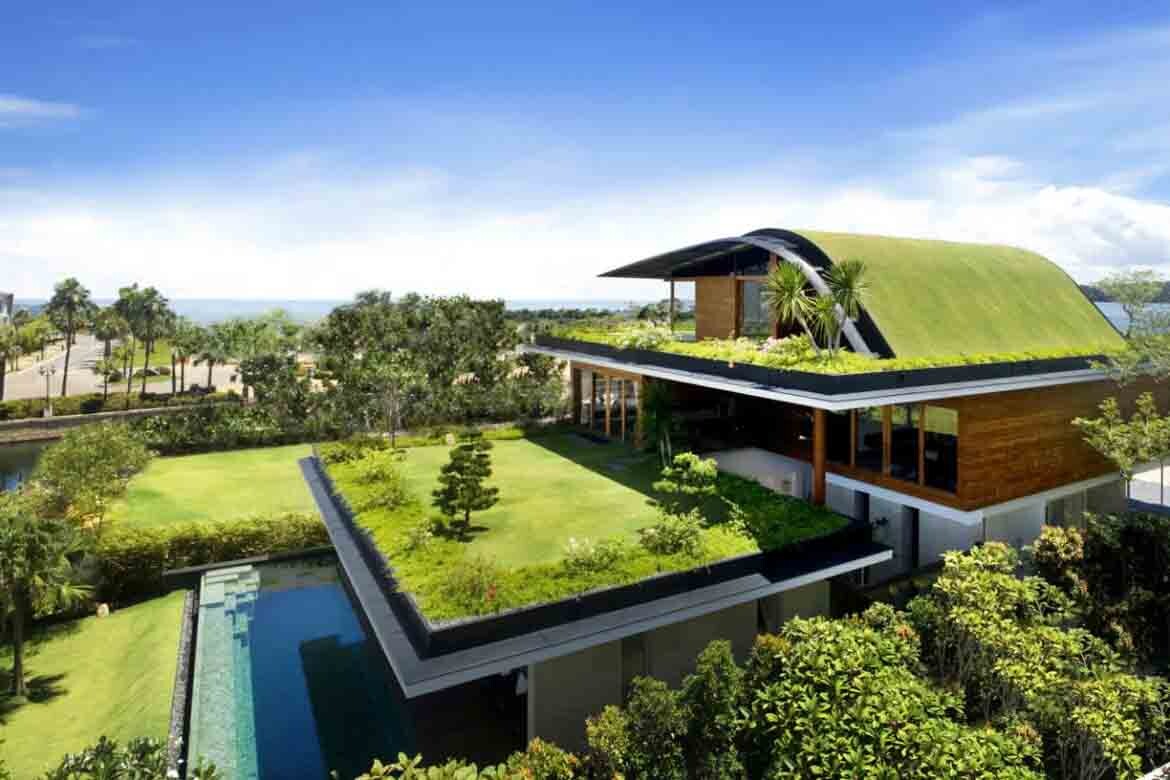
Hey there! Let’s dive into a topic that’s becoming increasingly important in our world today—green housing. Now, if you’re like me, you might have heard the term thrown around a lot, but what does it really mean? More importantly, what knowledge do we need to effectively implement sustainable practices in our residences? I’ve spent quite a bit of time exploring this topic, and I’m excited to share what I’ve learned along the way.
Understanding Green Housing

First things first, let’s clarify what green housing actually entails. At its core, green housing refers to the design and construction of residences that are environmentally responsible and resource-efficient throughout their entire life cycle. This means considering everything from the materials used to build the home, to energy efficiency, water conservation, and even the impact on the surrounding environment.
When I first started looking into green housing, I was honestly a bit overwhelmed. There was so much knowledge to absorb! I remember attending a workshop where experts discussed the benefits of sustainable building practices. It was eye-opening to realize how much our inca residence contribute to environmental issues like climate change and resource depletion. I walked away from that workshop feeling both inspired and a little intimidated by the challenge ahead.
The Importance of Sustainable Materials
One of the key aspects of green housing is the use of sustainable materials. When I renovated my residence a few years back, I made a conscious effort to choose eco-friendly materials. I opted for bamboo flooring instead of tra ditional hardwood. Not only is bamboo a rapidly renewable resource, but it also adds a unique aesthetic to my home. Plus, I felt good knowing that my choice was less harmful to the environment.
Another important factor is the use of non-toxic paints and finishes. I remember painting my living room with a low-VOC (volatile organic compounds) paint. It was a bit more expensive, but the difference in air quality was noticeable. I had previously experienced headaches from the fumes of regular paint, and switching to eco-friendly options made my residence feel healthier. It’s amazing how much knowledge about materials can transform our living spaces!
Energy Efficiency: A Game Changer
Energy efficiency is another cornerstone of green housing. When I first moved into my residence, I didn’t give much thought to my energy consumption. But after learning about the impact of energy use on the environment, I knew I had to make some changes. I started with simple upgrades, like switching to LED light bulbs. It was a small change, but it made a big difference in my energy bills.
Then, I took it a step further and installed a smart thermostat. This little gadget has been a game changer! It learns my habits and adjusts the temperature accordingly, which has helped me save both energy and money. The knowledge I gained about energy-efficient appliances and systems really opened my eyes to how easy it can be to improve my residence’s sustainability.
Water Conservation: Every Drop Counts
Water conservation is another critical aspect of green housing that often gets overlooked. I used to think that as long as I wasn’t running the tap constantly, I was doing okay. But after researching the water crisis in many regions, I realized that every drop counts. I decided to install low-flow showerheads and faucets in my residence, which significantly reduced my water usage without sacrificing performance.
I also learned about rainwater harvesting systems. While I haven’t implemented one yet, I’ve seen them in action at community gardens. It’s inspiring to see how capturing rainwater can provide irrigation and reduce dependency on municipal water systems. The knowledge I gained about water conservation has motivated me to be more mindful of my usage and to look for ways to improve.
The Role of Community in Green Housing
One thing I’ve come to appreciate about green housing is the sense of community it fosters. When I moved into my eco-friendly neighborhood, I noticed how many residents were passionate about sustainability. We often share knowledge about different practices, whether it’s composting techniques or local recycling programs. It’s refreshing to be surrounded by people who care about making a positive impact.
I remember one weekend, our community organized a “green fair” where locals could share their experiences and tips on sustainable living. It was a fantastic opportunity to learn from others and to see how they were implementing green practices in their residences. I left feeling inspired and armed with new ideas that I could apply in my own home.
Overcoming Challenges in Sustainable Development
Of course, the journey toward green housing isn’t without its challenges. One of the biggest hurdles I faced was the misconception that sustainable living is too expensive. While some eco-friendly upgrades can require a higher initial investment, many pay off in the long run. For example, I hesitated to install solar panels because of the upfront costs. But after doing the math, I realized the long-term savings on my energy bills would be worth it.
Another challenge is navigating the overwhelming amount of information available. When I first started researching green housing, I felt bombarded by conflicting advice. It took time and patience to sift through the noise and find reliable sources. I found that connecting with local experts and attending workshops helped me gain clarity and build my knowledge base.
The Future of Green Housing
As I reflect on my journey, I’m excited about the future of green housing. There’s so much potential for innovation and improvement in sustainable residential development. I believe that as more people become aware of the importance of eco-friendly practices, we’ll see a shift in how we build and live in our residences.
If you’re thinking about making your home more sustainable, I encourage you to start small. Focus on one area at a time—whether it’s energy efficiency, water conservation, or using sustainable materials. The knowledge you gain along the way will empower you to make informed decisions that benefit both your residence and the environment.
Conclusion: Embrace the Green Housing Movement
In conclusion, green housing is more than just a buzzword; it’s a movement toward a more sustainable future. By incorporating eco-friendly practices into our residences, we can reduce our impact on the planet and create healthier living environments. The knowledge I’ve gained throughout this journey has been invaluable, and I hope my experiences inspire you to explore the world of green housing as well.
Let’s embrace the challenge together! Whether you’re renovating an existing residence or building a new one, every effort counts. Remember, it’s not about perfection; it’s about progress. So go out there, educate yourself, and make choices that reflect your commitment to sustainability. Together, we can create a greener, healthier world for ourselves and future generations!
Read also about Kimchi Fermentation to explore the traditional techniques, health benefits, and rich flavors behind Korea’s iconic fermented dish






